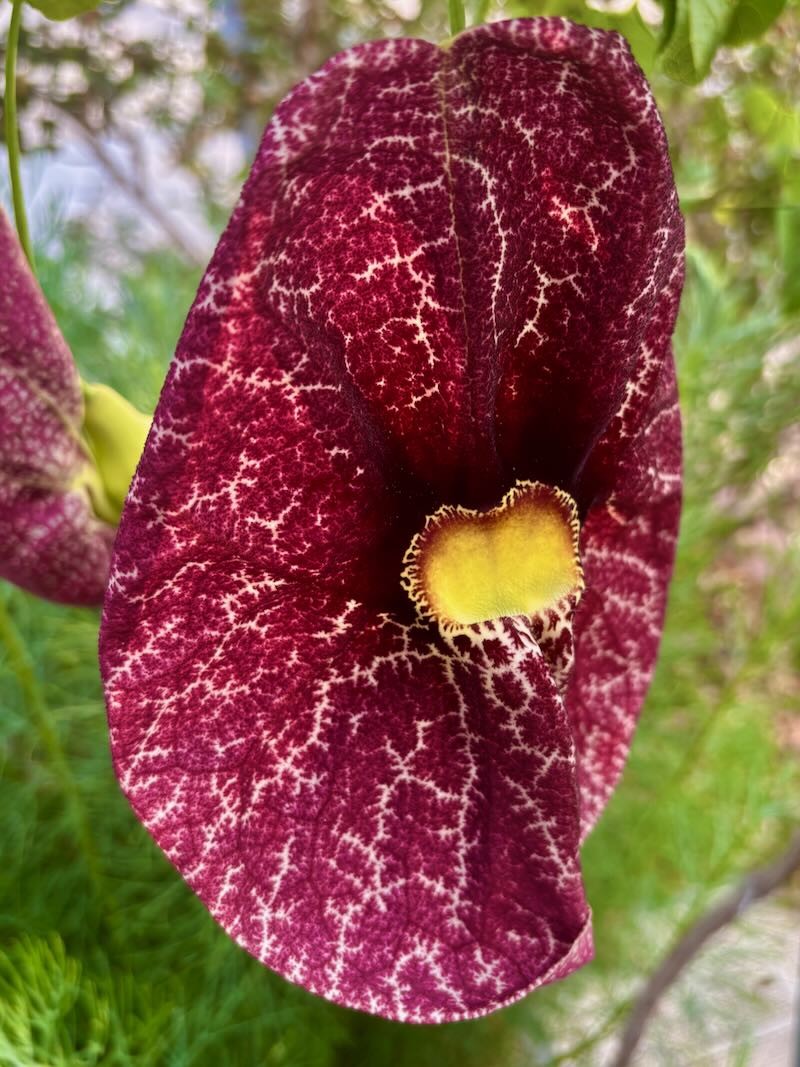Aristolochiaceae: A Comprehensive Overview of the Birthwort Family
The Aristolochiaceae, commonly known as the Birthwort Family, is a striking and unusual group of plants that intrigues both botanists and gardeners. With their bizarre, pipe-shaped flowers and wide ecological distribution, members of this family stand out in ornamental landscapes as well as in natural habitats. The family includes around 7–8 genera and between 400 and 600 species, spread across tropical, subtropical, and temperate regions of the world. Gardeners often encounter Aristolochia, Asarum, or Thottea, which showcase the diversity of growth habits and floral adaptations within the family.
Aristolochiaceae belongs to the order Piperales. The Angiosperm Phylogeny Group (APG IV) recognizes the family as monophyletic, incorporating what were once treated as separate families (Hydnoraceae and Lactoridaceae). This taxonomic realignment reflects insights from molecular phylogenetics, which demonstrated that these lineages share a common ancestor.
The name Aristolochiaceae is derived from the type genus Aristolochia. Historically, species like Aristolochia clematitiswere valued in herbal traditions, though modern science warns against their toxic compounds. Botanically, the family fascinates researchers because of its unique floral morphology, chemical defenses, and ancient fossil record.
Habitat and Global Distribution
Plants in the Birthwort family occupy a wide range of environments. Most species thrive in tropical forests, subtropical thickets, or moist temperate woodlands. Some, like Asarum (wild ginger), prefer shaded forest floors in East Asia and North America. Others, like Aristolochia grandiflora, flourish in Central American rainforests, where their huge, malodorous flowers attract specific pollinators.
The distribution of Aristolochiaceae spans nearly every continent except Antarctica. While tropical regions host the majority of species, the family’s presence in temperate Asia, Europe, and North America highlights its adaptability. Several species also occupy disturbed habitats, climbing fences or colonizing streambanks. This ecological breadth makes the family both botanically and horticulturally significant.
Distinguishing Features of Aristolochiaceae
One cannot mistake an Aristolochiaceae flower. The bizarre, tubular blossoms often resemble curved pipes or inflated sacs. Many emit strong, sometimes unpleasant odors to attract flies or beetles. Flowers are zygomorphic, with a highly modified corolla that aids in specialized pollination systems.
Leaves are simple, often cordate (heart-shaped), and arranged alternately. They lack stipules and sometimes emit aromatic oils when crushed. Most species are herbaceous perennials, shrubs, or woody vines, though a few parasitic members like Hydnora break this pattern.
Fruits are capsules containing many seeds. Pollination biology is another defining trait: flowers often trap insects temporarily, dusting them with pollen before releasing them. This unusual mechanism highlights the evolutionary creativity within the family.
Growth Habits and Plant Forms
Members of Aristolochiaceae show remarkable diversity in form. Some are twining vines, using their flexible stems to climb trees and structures. Others remain low-growing herbs carpeting shaded woodland floors. A few develop as shrubs or small trees in tropical forests.
- Aristolochia species are mostly woody climbers or herbs, prized for their pipe-like flowers and dramatic foliage.
- Asarum, known as wild ginger, forms small colonies with low, ground-hugging leaves and inconspicuous flowers hidden beneath the foliage.
- Parasitic genera like Hydnora grow underground and lack chlorophyll, relying on host roots for survival.
This variety of growth forms makes the family ecologically versatile and horticulturally intriguing.
Notable Genera and Species
Aristolochia
The largest genus, with over 500 species, ranges from temperate to tropical zones. Species such as Aristolochia macrophylla (Dutchman’s pipe) are cultivated as ornamental vines, valued for large leaves and shade-providing canopies. Others, like Aristolochia gigantea, impress with massive, mottled flowers that resemble fabric patterns.
Asarum
Commonly called wild ginger, Asarum includes shade-loving perennials native to North America and Asia. Gardeners use species like Asarum canadense and Asarum europaeum as attractive groundcovers. Their foliage is often evergreen or semi-evergreen, and some Asian species have marbled leaves prized in woodland gardens.
Thottea
Native to Southeast Asia, Thottea species are shrubs or subshrubs with tubular flowers. Though less known in horticulture, they hold botanical interest for their unique floral forms.
Hydnora
One of the strangest members of the family, Hydnora is parasitic, emerging from the soil with fleshy, foul-smelling flowers. Native to Africa, it has no chlorophyll and survives entirely on its host plant’s roots.
Lactoris
A monotypic genus (Lactoris fernandeziana) found on the Juan Fernández Islands of Chile. It represents a relict lineage and highlights the evolutionary history of Aristolochiaceae.
Ecological Roles and Adaptations
Aristolochiaceae plants often fill specialized ecological niches. Their unusual flowers attract specific pollinators, especially flies, beetles, and in some cases, wasps. The trap-flower mechanism ensures efficient pollen transfer.
Many species produce aristolochic acids, secondary compounds that deter herbivores. However, these compounds are also toxic to humans, causing kidney damage and cancer if ingested. This dual role—defense in nature and danger in medicine—adds complexity to the family’s reputation.
Several Aristolochia species serve as host plants for swallowtail butterflies (Papilionidae). Caterpillars feed on the leaves, sequestering toxins for their own defense, which makes them unpalatable to predators. Thus, Aristolochiaceae plays a crucial role in butterfly life cycles and biodiversity.
Cultural and Horticultural Uses
Gardeners appreciate members of Aristolochiaceae for their ornamental value. Aristolochia macrophylla creates living shade structures over pergolas and fences. Aristolochia gigantea dazzles with its enormous blossoms, while Asarum europaeum provides evergreen groundcover in shaded gardens.
Historically, Aristolochia species were used in folk medicine, particularly as treatments during childbirth—hence the common name “birthwort.” Modern medicine, however, strongly discourages their use due to toxicity.
Beyond gardens, parasitic members like Hydnora africana feature in local cultural practices, sometimes used as food or in traditional remedies. Ornamental and ecological roles remain the safest and most celebrated uses of Aristolochiaceae today.
Distinguishing Facts About Aristolochiaceae
- Flowers are bizarre and pipe-shaped, often adapted to trap insects.
- Leaves are heart-shaped and aromatic when crushed.
- The family includes both green, photosynthetic plants and parasitic, leafless species.
- Secondary compounds (aristolochic acids) provide defense but are highly toxic to humans.
- Many species support butterfly larvae, especially swallowtails, enhancing garden biodiversity.
- Distribution spans the globe, from tropical forests to temperate woodlands.
Conclusion
The Aristolochiaceae family offers a blend of beauty, mystery, and ecological importance. From the architectural vines of Aristolochia macrophylla to the understated woodland charm of Asarum and the bizarre underground flowers of Hydnora, the family displays extraordinary diversity. Gardeners value certain members for ornament and shade, while ecologists recognize their vital role in pollination and butterfly lifecycles. Although their toxic chemistry limits medicinal use, these same compounds highlight the evolutionary ingenuity of the family.
Understanding the background, habitat, and unique adaptations of Aristolochiaceae enriches both botanical knowledge and horticultural practice. For gardeners seeking something unusual, few plant families provide the same blend of striking forms and ecological intrigue.
The Genera in the Aristolochiaceae family of plants include:
Asarum
Euglypha
Hydnora
Lactoris
Prosopanche
Saruma
Thottea


